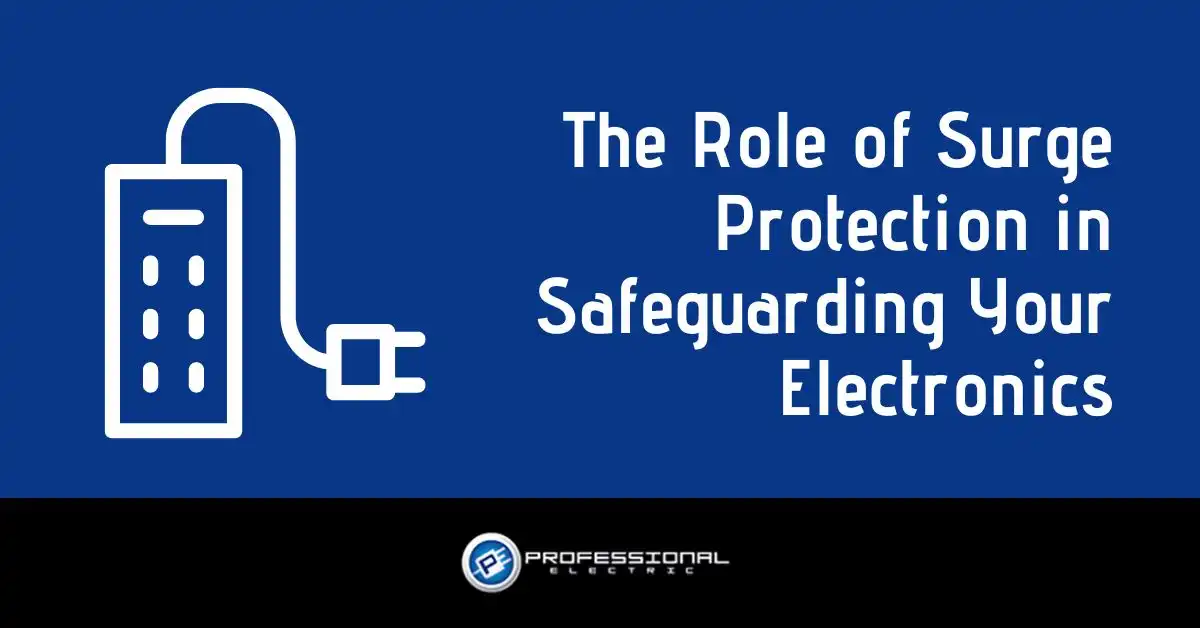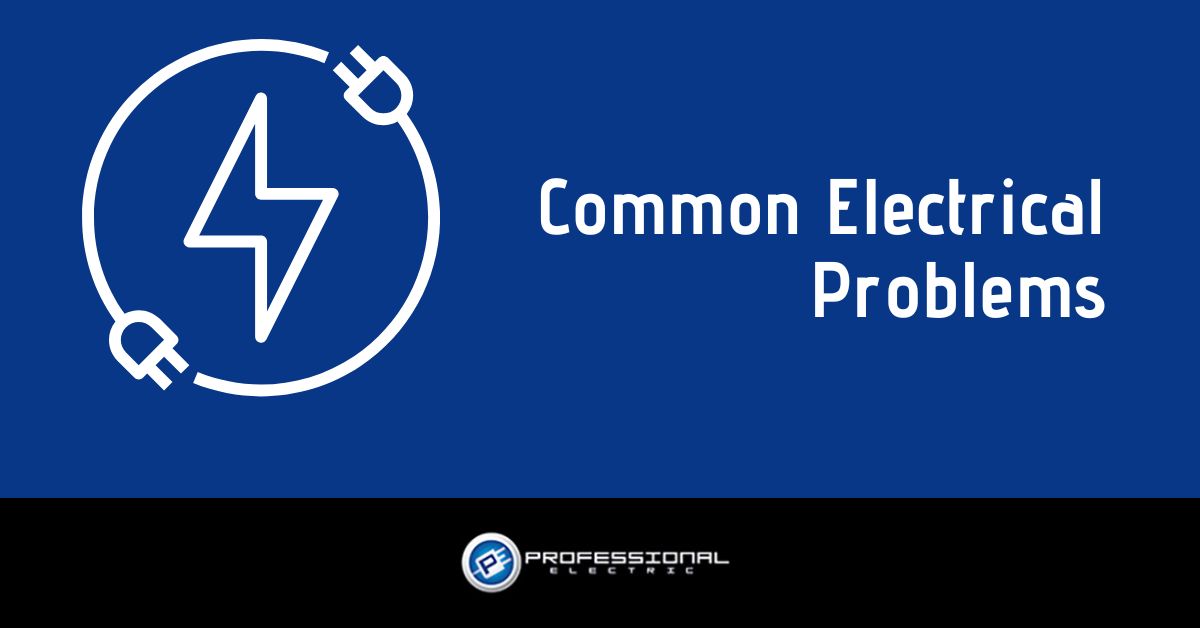In the heart of southern Alabama, where storms and hurricanes frequent, safeguarding your electronics against an unexpected power surge is not just a recommendation—it’s essential. At Professional Electric, we understand the critical nature of protecting your sensitive devices from the devastating impacts of power surges, lightning strikes, and voltage fluctuations.
What is a Power Surge?
A power surge can occur due to various reasons, including lightning strikes, power outages, or issues within the utility company’s infrastructure. In southern Alabama, the stormy season exacerbates the risk, making surge protection a top priority for both homeowners and businesses.
Why Surge Protection Is Crucial
Surge protectors are designed to safeguard electronics by blocking or redirecting excess voltage away from the device. Without adequate protection, valuable electronics such as computers, televisions, and home appliances are at risk of being damaged beyond repair.
Selecting the Right Surge Protector
Choosing the right surge protector involves several considerations:
- Joule Rating: This indicates the surge protector’s energy capacity. The higher the rating, the better the protection.
- Response Time: Surge protectors should respond quickly to a surge, typically within nanoseconds.
- Number of Outlets: Ensure there are enough outlets for all your devices. Some surge protectors also offer USB ports for additional charging options.
- UL Rating: Look for a protector certified by Underwriters Laboratories (UL), which indicates it meets safety standards.
Installation and Best Practices
While some surge protectors are simple plug-and-play devices, others, especially those designed to protect your entire home, may require professional installation. At Professional Electric, our licensed electricians are equipped to install advanced surge protection systems that keep your entire property safe.
The Importance of Professional Installation
Professional installation is crucial for whole-home surge protectors as these systems are integrated directly into your home’s electrical panel. At Professional Electric, we ensure the installation is handled safely and effectively, with a thorough inspection and testing to confirm everything is operational.
Conclusion
Don’t let Alabama’s next storm cost you thousands in damaged electronics. Invest in quality surge protectors today to safeguard your valuable electronics and appliances. Whether you need advice on the best surge protectors or require professional installation, the team at Professional Electric is here to help. Protect your investments before the storm hits—contact us to find out more about our surge protection solutions tailored specifically for the challenges faced along the Gulf Coast.


